| Home | Nature Weekly Index |
18 January 2015 | A Foraging Trip |
Last Saturday, I went out with a newly met group, except for Isabelle whom I had met in November 2012, for a short and brief foraging outing. The outing was initiated by Michelle from Edible Garden City. As I learned, foraging is about gathering food usually in the wild.
The area chosen was relatively small, probably within a 100-metre radius, near to MacRitchie Reservoir area. At the end, the foraging contingent did gather some useful food plants, mainly Pandan leaves (Pandanus amaryllifolius) that grew wild along a stream. There were some much larger pandan plants that grew alongside with the smaller version, likely to be Mengkuang (Pandanus atrocarpus).
During this trip, I only took a total of 33 pictures on this trip, which was relatively few compared to my usual field trips. Out of the 33, 26 of them were on 2 climbing ferns, Lygodium japonicum and Lygodium salicifolium. There were classified as common climbing ferns. But they were the two that I had been hunting for quite a while. Pictures of both were not available in my website before this trip despite their common status. With the addition of these 2 ferns, I had completed the picture series of the 6 Lygodium climbing ferns available in Singapore.
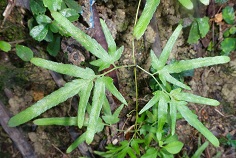
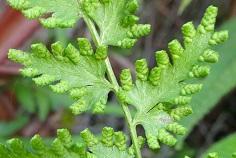
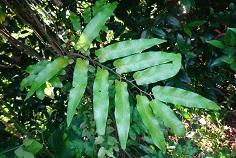
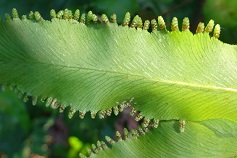
Besides the ferns, the remaining 7 pictures were on a snail and a small tree. The snail in this case was the Giant African Land Snail (Achatina fulica), a very common snail here that thrive well even in urban setting. The reason for taking these snail pictures was obvious, the two of them were in an intimate situation with their reproductive organs prominently displayed. Sighting of mating snails were not uncommon, except that most of the times, I did not get a good view as compared to this sighting. More information is available in the BESgroup website.
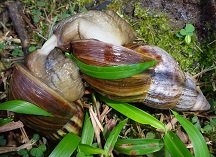

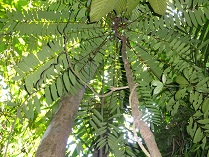 As for the small tree, it was none other than the
Tongkat Ali (Eurycoma longifolia), a high sort after tree for those who
believe in their medicinal value as well as a potential remedy to male potency. As the part sort after is its roots, the harvest
basically kill the tree.
As for the small tree, it was none other than the
Tongkat Ali (Eurycoma longifolia), a high sort after tree for those who
believe in their medicinal value as well as a potential remedy to male potency. As the part sort after is its roots, the harvest
basically kill the tree.
It was a really good gathering to have an opportunity to share our interests, and get connected. I was also delighted to meet Isabelle again after such a long time. She was very kind to show us around the area and feed us at her place at the end of our journey.